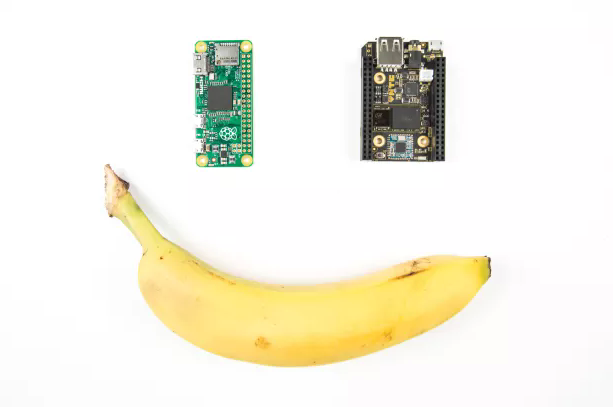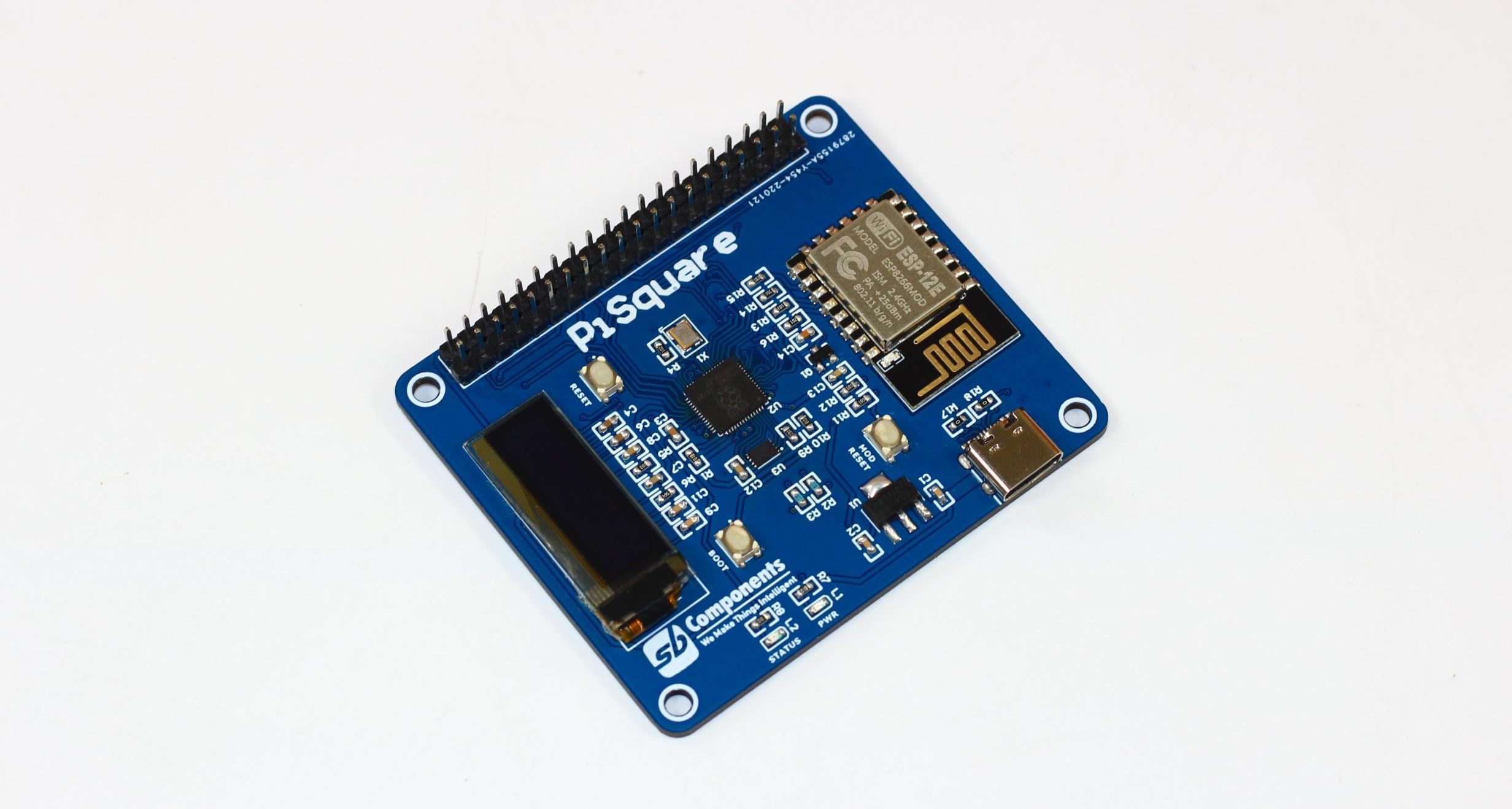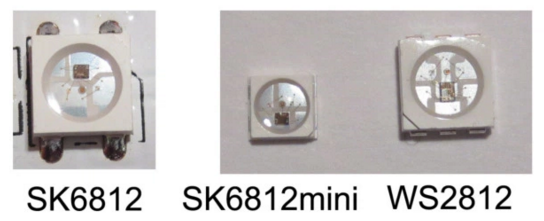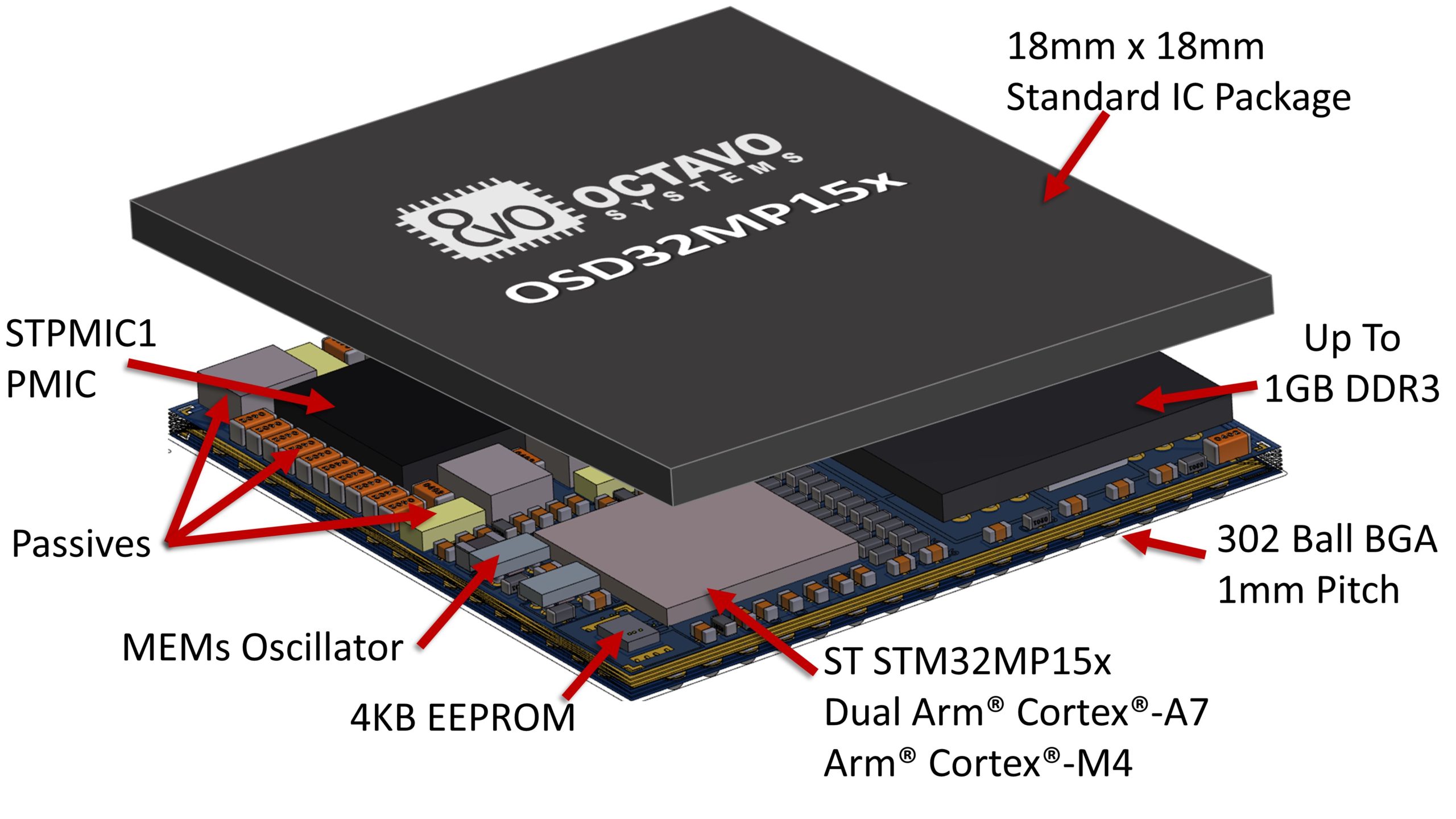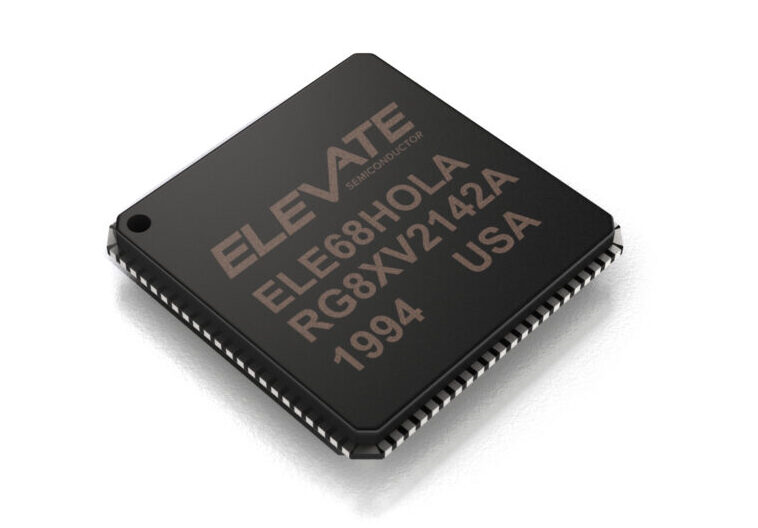
The imminent large-scale rollout of 5G technology imposes new and tough challenges for designers of PCB, network equipment and electronic devices in general. 5G will not only represent an increase in data rates, but it will be a real revolution, with latency times reduced up to 1ms and the use of millimeter waves (mmWave) to support greater bandwidth. PCBs for 5G mobile and network devices must be able to simultaneously manage higher digital data rates and higher frequencies, pushing mixed signal design to its limit. 5G applications will also pose a variety of new challenges for the engineers developing automated test equipment (ATE).
Compared to the current 4G mobile network, the rollout of 5G will force designers to rethink the layout of PCBs used in mobile devices, data transmission networks and IoT infrastructure. Ensuring signal integrity at every point on the board represents one of the most difficult challenges imposed by 5G testing. Due to the presence of mixed signals, it will be necessary to prevent EMI between the analog and digital sections of the board, verifying that the FCC EMC requirements are met.
Challenges involved in 5G Testing – [Link]




